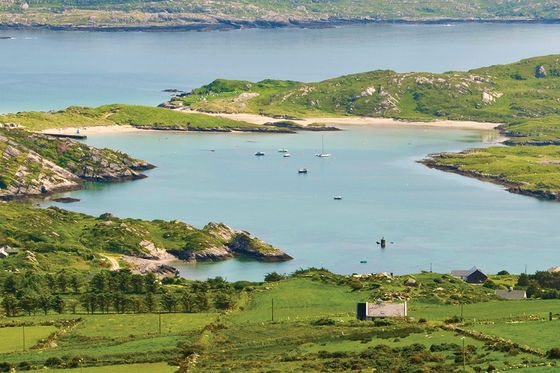Visiting the ancient ruins of Pompeii, Italy
When Mount Vesuvius erupted in 79 A.D., it destroyed the Roman city of Pompeii. Discover more about this famed city in Italy’s Campania region, where ruins tell the story of an ancient civilization.
When Mount Vesuvius erupted in 79 A.D., it destroyed the Roman city of Pompeii in one of the most incredibly destructive events in history. Before you witness the history for yourself on a visit to Pompeii, read on to discover more about this famed city in Italy’s Campania region—where ruins tell the story of an ancient civilization.

History, preserved
Situated between the modern cities of Naples and Sorrento, Pompeii was a thriving Roman city some 2,000 years ago. It all changed in August of 79 A.D., when the looming Mount Vesuvius erupted, sending fiery ash flying through the air. Up to 20 feet of debris fell, completely covering the city and its surroundings. While the explosion destroyed Pompeii, the ash hardened to essentially create a time capsule, preserving structures and objects. These remnants now stand as a testament to what life was like in the 1st century.
Today, you can walk through the forum and maze of streets, passing fountains, empty buildings and homes. While Pompeii’s citizens inhabited the city many years ago, it becomes evident that the way they lived and worked was not all that different from how we live today. Some of the most shocking remnants you’ll see are plaster casts, which pay tribute to the residents who did not escape. Nearly 2,000 victims were covered in debris that then hardened—as archaeologists discovered the holes left behind by the decomposed bodies, they filled some with plaster to create these expressive statues.
Archaeologists first began uncovering Pompeii in the mid-1700s. While excavation continues to this day due to the massive size of the site, much of the focus is now on the restoration and maintenance of structures that have been uncovered. With so many travelers visiting Pompeii to learn about its history firsthand, conservation of the ruins is a top priority.
The top of Mount Vesuvius
For a closer look at the volcano that caused such massive destruction years ago, you can actually walk up Mount Vesuvius. An uphill gravel trail takes you to the top of the mountain, where you can peer into the crater of the still-active volcano. Surrounded by stones where lava once flowed, you may even catch a glimpse of some steam rising up from inside of the volcano, a reminder that another eruption could potentially be in store. On a clear day, you may be able to take in incredible views of the Bay of Naples and ancient city of Pompeii below.
The National Archaeological Museum
After walking through the ruins and seeing the city from atop Mount Vesuvius, stop by the National Archaeological Museum in the heart of Naples. This museum houses a large collection of artifacts and art from both Pompeii and Herculaneum, the other city that was destroyed during the eruption of Vesuvius. (Both were inscribed as a UNESCO World Heritage site in 1997.) Look for relics of Roman history, including impressive mosaics, statues and paintings. It’s especially interesting to see ceramics, vases, coins and many other ordinary objects that were once used in the homes and buildings of Pompeii.
Have you ever traveled to Pompeii? What was your favorite part about visiting the ruins? Tell us on Facebook!






)




























































































